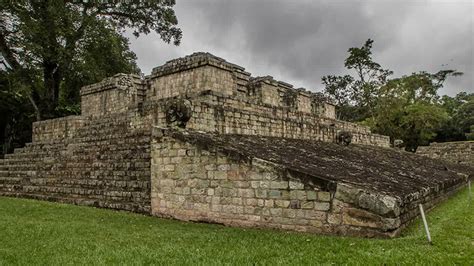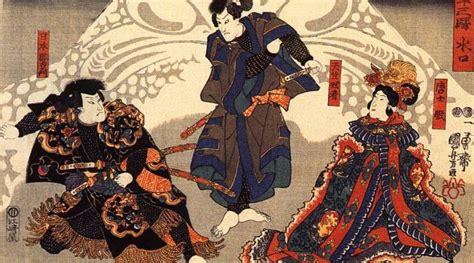Explore Estonia’s rich history from early settlements to modern politics. Learn about Swedish rule, Soviet occupation, and Estonia’s EU
Early Settlements in Estonia
Contents
Early settlements in Estonia date back to the Mesolithic period, evidenced by archaeological findings in the region. The early inhabitants of Estonia were hunter-gatherers, who lived in the area around 11,000 years ago. These early settlers were skilled in fishing, hunting, and gathering the abundant natural resources in the region.
As time progressed, the Neolithic period brought about the introduction of agriculture and animal husbandry to the region. This marked a significant shift in the lifestyle of the early settlers, leading to the establishment of more permanent settlements and the development of early forms of social organization.
During the Bronze Age, Estonia saw the emergence of more advanced metalworking techniques, leading to the creation of intricate jewelry, tools, and weaponry. This era also saw the construction of burial mounds, indicating the presence of a developed social structure and belief systems among the early inhabitants.
The Iron Age brought about significant changes in Estonia, with the arrival of the Balts and the early stages of organized tribal societies. This period also saw the construction of hill forts and fortified settlements, as well as the establishment of long-distance trade routes connecting Estonia to other regions in Northern Europe.
Overall, the early settlements in Estonia played a crucial role in shaping the cultural, social, and economic landscape of the region, laying the foundation for the rich history and heritage of the Estonian people.
Estonia Under Swedish Rule
Estonia’s time under Swedish rule began in the 17th century, during the Thirty Years War. This period brought significant changes to the Estonian political and social landscape as it transitioned from Danish rule to Swedish rule. The Swedes established a new administrative structure and introduced various reforms that influenced Estonia’s society for centuries to come.
Under Swedish rule, Estonia experienced a period of economic growth, urbanization, and cultural development. The Swedish kings promoted trade and commerce, resulting in the expansion of Estonia’s cities and towns. The influence of Swedish culture also left a lasting impact on Estonian traditions, language, and legal system.
Despite the positive developments, Estonia also faced challenges during its time under Swedish rule. The Great Northern War, which involved Sweden and Russia, had significant consequences for Estonia as it was caught in the crossfire. The war resulted in widespread destruction and economic decline, causing turmoil for the Estonian population.
In 1710, Estonia was ceded to Russia, ending the Swedish era and beginning a new chapter in its history.
Independence and Soviet Occupation
The independence of Estonia was declared on February 24, 1918, following the end of World War I and the collapse of the Russian Empire. This marked the beginning of a challenging period for the fledgling nation, as it sought to establish itself as a sovereign state in the face of numerous internal and external threats. However, Estonia’s hard-earned independence was short-lived, as the country was occupied by Soviet forces in 1940, as a result of the Molotov-Ribbentrop Pact between Nazi Germany and the Soviet Union.
During the Soviet occupation, Estonia suffered greatly under the repressive and authoritarian rule of the Communist regime. The Soviet authorities implemented a policy of forced collectivization and nationalization, which resulted in widespread poverty and hardship for the Estonian people. In addition, thousands of Estonians were deported to Siberia, on charges of anti-Soviet activities or resistance to the regime.
The Soviet occupation also had a profound impact on the cultural and political identity of Estonia. The Estonian language and national symbols were suppressed, and the country’s cultural heritage was systematically marginalized. Despite these challenges, the Estonian people continued to resist Soviet occupation through acts of passive resistance, such as the singing revolution, which played a crucial role in the eventual restoration of Estonian independence.
The period of Soviet occupation came to an end in 1991, following the collapse of the Soviet Union. This marked the beginning of a new era for Estonia, as the country once again asserted its independence and sovereignty on the world stage. Since then, Estonia has made significant strides in building a democratic and prosperous society, and has emerged as a key player in the European Union and NATO.
Estonia’s Path to EU and NATO
Estonia’s journey to becoming a member of the European Union and NATO is a significant milestone in the country’s history. After gaining independence from the Soviet Union in 1991, Estonia embarked on a path of political and economic reforms in order to align itself with Western Europe.
As a new member of the European Union, Estonia has benefited from access to the single market, increased investment opportunities, and the ability to participate in decision-making processes at the European level. This has resulted in greater economic stability and growth for the country.
In addition to joining the EU, Estonia also sought membership in NATO as a means of ensuring its security and defense. Becoming a member of NATO has provided Estonia with a collective defense framework and the assurance of protection from potential external threats.
Through its path to EU and NATO membership, Estonia has solidified its place as a key player in the international arena and has strengthened its ties with Western allies. This demonstrates the country’s commitment to upholding democratic values and fostering cooperation with other nations.
Estonia’s Modern Political Landscape
Estonia’s modern political landscape has undergone significant changes in the past few decades, as the country has transitioned from a Soviet republic to a thriving democracy. The shift towards democracy began in the late 1980s, following the collapse of the Soviet Union. This period saw the rise of various political parties and the establishment of a new constitution, laying the foundation for Estonia’s current political system.
One of the key developments in Estonia’s modern political landscape is its integration into Western institutions, such as the European Union and NATO. This has brought about closer ties with Western European countries and has had a significant impact on Estonia’s foreign policy decisions. Membership in these organizations has also helped to promote political stability and economic growth within the country.
The political landscape in Estonia is characterized by a multi-party system, with several major political parties competing for power. The Estonian Centre Party, the Estonian Reform Party, and the Estonian Conservative People’s Party are among the most prominent political parties in the country. These parties have different ideologies and policies, leading to a diverse range of political opinions and debates within the Estonian Parliament.
Estonia’s modern political landscape also reflects the country’s commitment to digital innovation and e-governance. The government has implemented various digital initiatives to improve public services and increase transparency, making Estonia a leader in digital governance. This focus on technology and innovation has helped to modernize the political landscape and has set Estonia apart as a forward-thinking nation.












